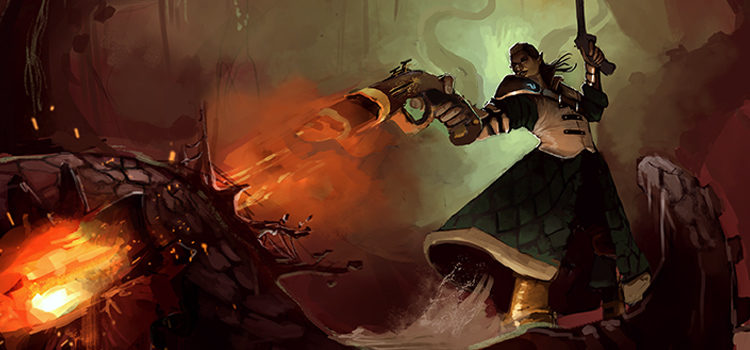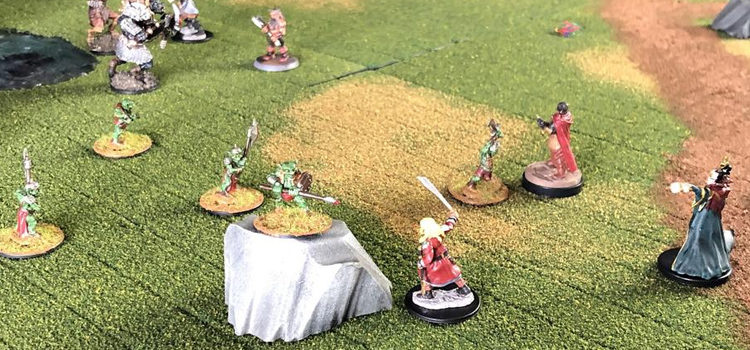What is Constitution in D&D 5e?
This post may contain affiliate links. If you buy something we may get a small commission at no extra cost to you. (Learn more).
In Dungeons & Dragons, constitution is a measure of a character’s physical resilience and stamina. There aren’t any classes that rely on constitution as their primary ability score. But almost every character benefits from having a high constitution score, because it adds hit points and improves their constitution saving throws.
Spellcasters also need to make constitution saving throws in order to maintain concentration on certain spells if they’re injured during combat.
For these reasons, constitution should often be a character’s second or third highest ability score, unless the player is incredibly confident that they can keep their character out of danger during combat.
There are no skills that typically depend on a character’s constitution.
Hit Points & Hit Dice
All characters get to add their constitution modifier to their hit points whenever they gain a level.
This can add up to a rather large bonus over time. By 10th level, a character with 16 Con will have 30 hit points more than a character with 10 Con (+3 per level).
For a wizard, which gains 4 hit points each time they level up if they take the “average”, this represents about a 72% increase in their total hit points.
When characters heal using a short rest, they add their constitution modifier to each hit die they use for healing.
Constitution Saving Throws
Constitution saving throws are one of the three most important saving throws in the game.
Since many effects from failing a con saving throw can be pretty nasty (paralyzed, poisoned, exhausted, blind, stunned, etc.) I personally believe they’re probably the most important saving throw, especially for spellcasters who have to make constitution saving throws to maintain spell concentration if they’re injured.
Monsters also tend to have fairly high constitution saving throws, perhaps because the game designers didn’t want to make it too easy for PCs to land debilitating conditions on the monsters just to avoid cake-walking through difficult encounters.
For example, in a recent encounter I DMed, one of the PCs was instantly and permanently petrified when they failed a con save by more than 5 vs. a medusa’s petrifying gaze.
However, the party’s monk then used his stunning strike against the medusa – which was successful because the medusa failed its con save, and the party then demolished the stunned medusa in a little over a turn.
Moral: failing a con save can be nasty!
Spell Concentration
Casters will often want to find ways to improve their constitution saving throws so they can maintain spell concentration.
According to the rules, if someone is maintaining concentration on a spell and they take damage, they need to make a constitution saving throw of DC 10 or half of the spell’s damage (rounded down), whichever number is higher.
If the caster fails the check, they lose concentration and the spell ends.
A few popular ways to do this are by taking a feat instead of an ASI, such as Resilience (Con), War Caster or Lucky.
Constitution in 5e: Final Ideas
I never recommend dumping constitution. If anything, I recommend that most characters start with a constitution of 14, just for the extra hit points.
Martial characters often want to start with a constitution of 16 or higher.
If you want to play a character that focuses on constitution, I recommend playing a tank build with a high AC and lots of hit points, such as a fighter or paladin with the defensive fighting style. A barbarian also makes an excellent con-based character, since they often take half-damage when raging, so every extra H of health ends up stopping 2 hp of damage.
And Loxodons are an excellent race for con-based characters with low Dex and without heavy armor, since their AC scales with their constitution.






